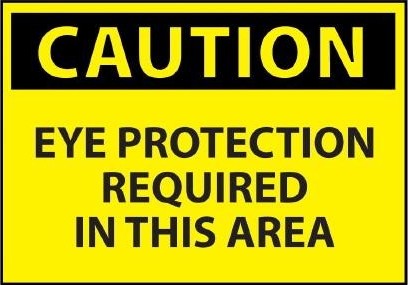 Generation X
Generation X
- Roughly born between the 1960’s and 1980’s
- General Attitude: “Whatever…” Enigmatic
- Characteristics: Pragmatic, Individualistic, Arrogant, Risk Taking
- Likes: Sharing, Chilling, Being individualistic, Being with friends, Change
- Dislikes: Bossiness, Corporate culture.
Famous Xers include Lance Armstrong, Tiger Woods, Mark Shuttleworth, Jerry Yang, Jeff Bezos and Michael Dell.
The biggest generation gap exists between the Xers and the Baby Boomers. Unlike the Baby Boomers, they arrived almost unnoticed.
The Xers are defined more by what they are not, than by what they are. They arrived on the scene just as the economic boom was flattening.
For a generation who invented the term “Whatever…” it is no wonder that some people often described them as the cynical generation.
They grew up in a time when broken families were common. By the 1970’s, 40 percent of all couples living in major cities were divorced. So many of these kids spend every second weekend with a different set of parents.
A lot of them find comfort in close friends and peers, who they chose for their closeness, loyalty and dependable relationships
They also saw their parents being retrenched by the big corporations. So in general, they are sceptical about company loyalty. Like I have mentioned, the biggest generation gap exists between this generation and the previous ones
Xers feel that the promises made by the visionary Boomers about a brave new working world have fallen apart. Economies and organizations have shrunk, leaving them struggling to find work.
They feel caught in the middle of transition. They know that most companies need to make changes, but it is going way to slow for the naturally impatient Xers.
This generation like change. No, they don’t just like it; they thrive on it.
Tips for Motivating the Xers
- You need to earn their respect, yet they will take a while to demonstrate that respect for you. Act with integrity and you will close the generation gap.
- Give surprise rewards for unusual achievements.
- Fun is serious business! A little humor, something silly, practical jokes, even a little bit of irrelevance will help to create a stimulating, and productive workplace.
- Try a reverse mentoring programme in which younger employees are assigned to older executives, to help them get up to speed with technology and to close the generation gap.
- Don’t look over their shoulders all the time…it irritates them.
via The Generation Gap. How To Motivate Different Generations.
 What are bloodborne pathogens?
What are bloodborne pathogens?








